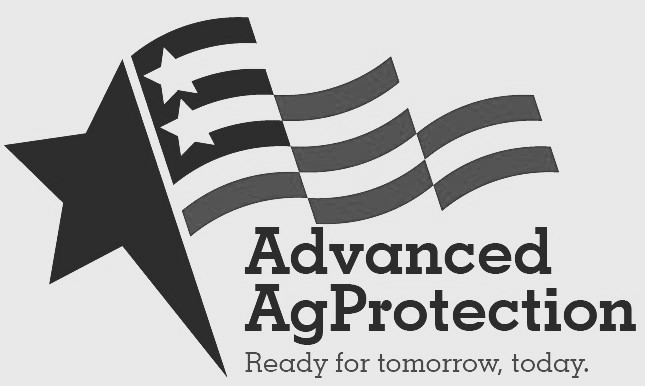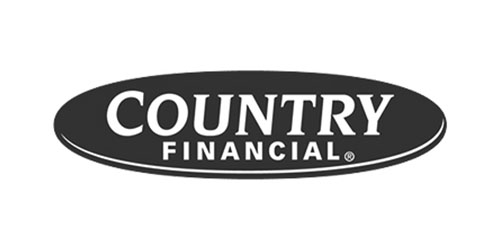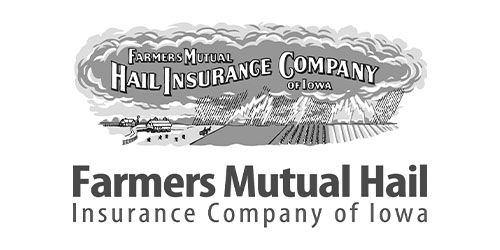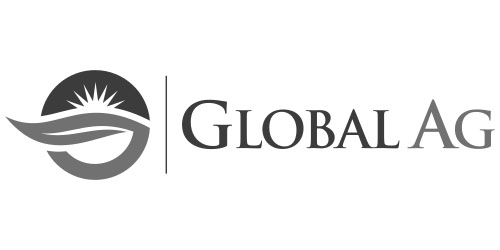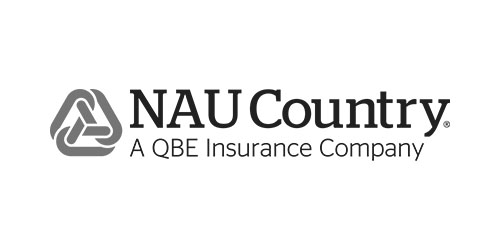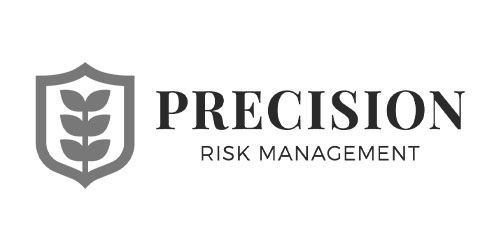What Is Crop Insurance?
Lorem Ipsum
Crop insurance in America can trace it roots all the way back to 1880, when private insurance companies first sold policies to protect farmers against the effects of hailstorms. These Crop-Hail policies are still sold today by crop insurance companies and are regulated by individual state insurance departments. In 2022, farmers spent just almost $1.4 billion on Crop-Hail insurance to protect $46 billion worth of crops.
In addition, farmers may also purchase Federal crop insurance which provides a suite of alternative risk management tools that protect farmers and ranchers against the loss of their crops due to natural disasters such as drought, freeze, flood, fire, insect, disease and wildlife, or a loss of revenue due to a decline in price. Federal crop insurance is sold and serviced by private-sector crop insurance companies and agents, while being regulated by the Federal government.
Participation in the Federal crop insurance program has grown rapidly since private sector delivery began in 1981 when only 45 million acres and $6 billion worth of crops were insured. By 2022, 1.2 million polices were sold protecting more than 130 different crops covering more than 490 million acres, with an insured value of $173 billion.
The Federal crop insurance program provides timely financial assistance to farmers when they need it most, while reducing taxpayer risk exposure. Today, Federal crop insurance is the cornerstone of U.S. farm policy and the safety net for America’s farmers.
* Updated March 2024

